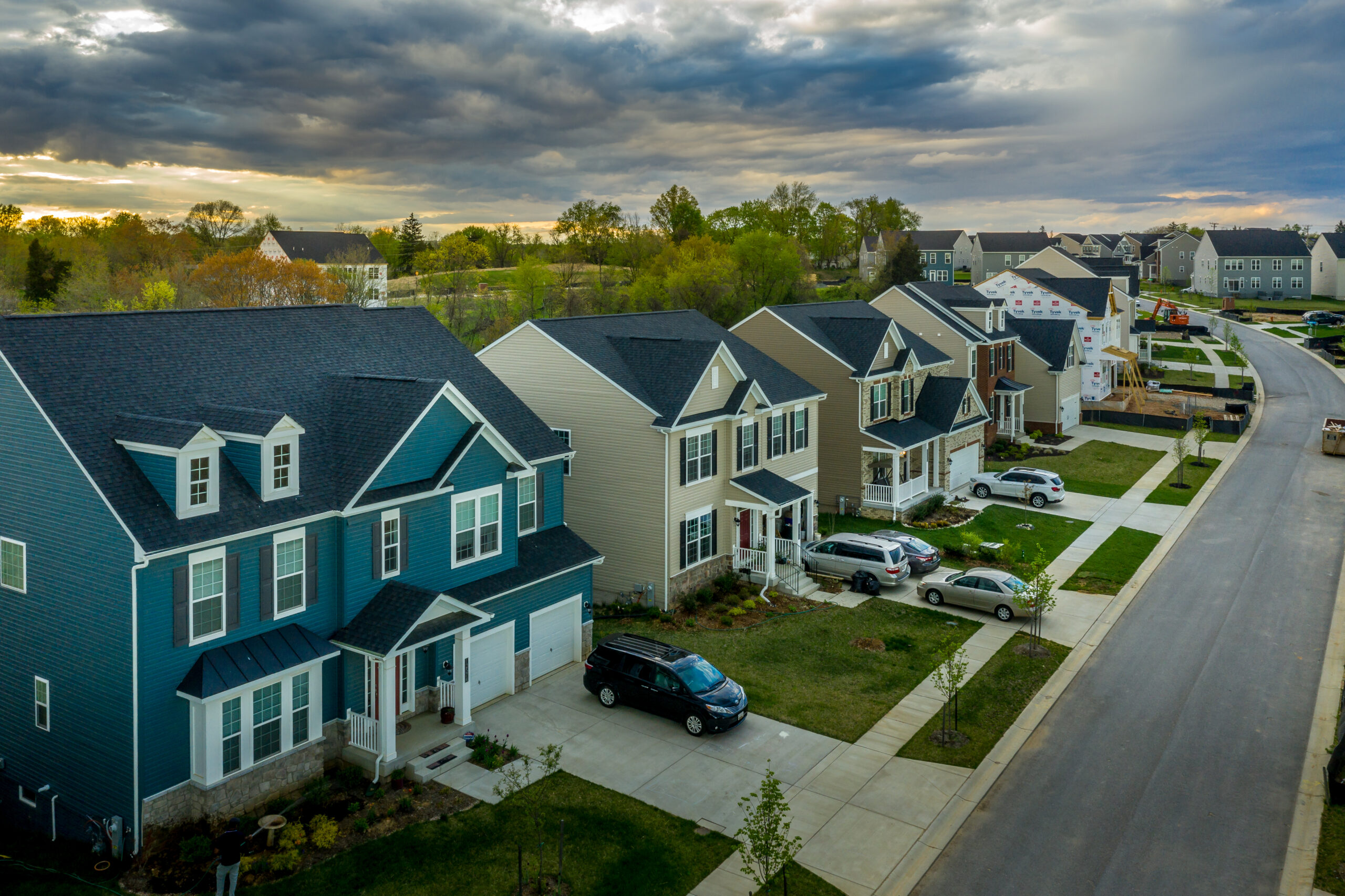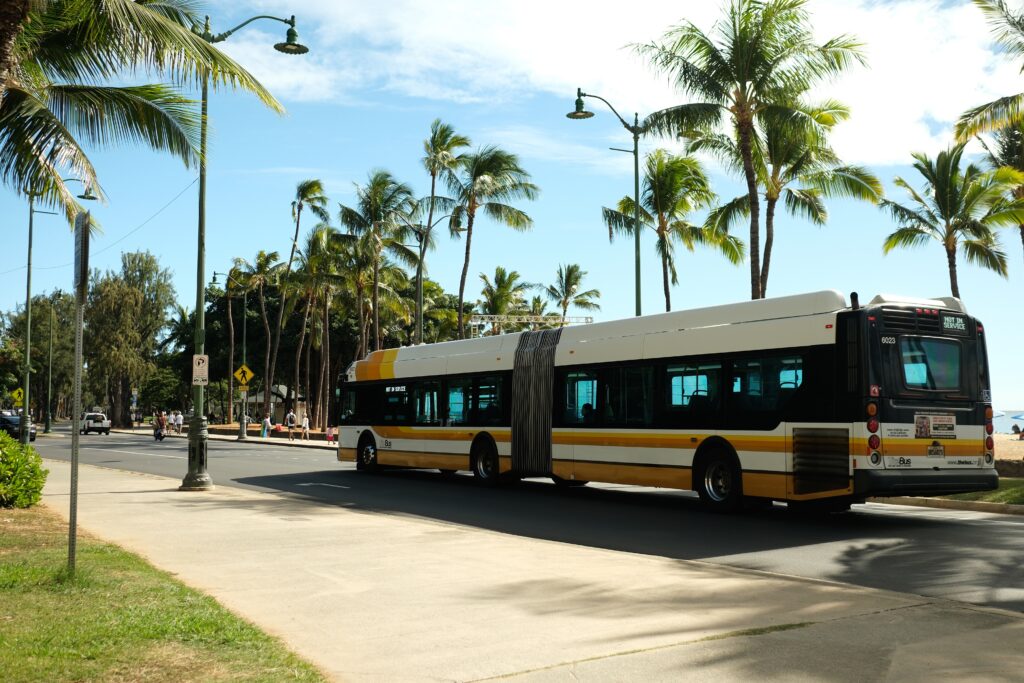Good News
5 Groundbreaking Projects Changing Urban Living Forever

As climate change becomes a growing reality, cities around the world are stepping up as both contributors to the problem and potential leaders in the solution. With over half of the world’s population living in urban areas, cities generate a large chunk of global emissions—but they also serve as hubs for some of the most exciting climate solutions we’ve seen so far.
From cutting-edge transit systems to clean energy initiatives, cities are proving that innovation and creativity can reshape how we live, work, and connect with the environment. This article shines a light on urban areas that are not just tackling climate change but are transforming themselves into models of sustainable living. These cities are pioneering new ways to create a cleaner, greener future, and their extraordinary projects could be the blueprint for other urban centers worldwide.
How Cities Are Leading the Way in Climate Solutions
Cities have always been at the heart of big changes, and today they’re at the center of one of the biggest challenges we face: climate change. Urban areas are responsible for a large share of greenhouse gas emissions, but they’re also where some of the smartest climate solutions are taking shape. Across the world, a handful of cities aren’t just making small adjustments—they’re coming up with bold, new ways to tackle climate issues right where people live, work, and play.
These changes go far beyond planting a few trees or setting up recycling bins. Some cities are investing in public transit to cut down car trips and pollution, while others are creating jobs in clean energy to support local economies. There are even cities redesigning neighborhoods to reduce the need for cars altogether, giving people better access to parks, shops, and schools close to home.
These projects are powerful because they don’t just address climate change—they make everyday life better for people who live in these cities. Cleaner air, cooler neighborhoods, easier commutes, and green spaces close by all make city living healthier and more enjoyable.
What’s really exciting is that these cities are setting an example that others can follow. They’re proving that it’s possible to balance growth, sustainability, and quality of life. Let’s dive into some of these game-changing projects and see what they’re doing to create a cleaner, greener future.
Standout Cities and Their Eco-Innovations
Around the world, certain cities are standing out for their creative approaches to tackling climate change. These cities are thinking outside the box, with projects that don’t just aim to reduce emissions—they’re changing how people live day to day, often in ways that make life easier and more enjoyable. Let’s take a look at a few cities that are taking big steps toward a greener future.
Boston: Making Public Transit a Top Choice

Boston is on a mission to get more people out of their cars and onto public transit. The city wants to cut single-occupancy car trips in half by 2030, and they’re starting with a pilot program that’s giving free transit and bike passes to 1,000 residents in neighborhoods that were hit hard by the pandemic. The idea is simple: make transit more accessible and affordable, so people choose it over driving.
Early results have been promising, with bus and subway use tripling among those who received the passes. Building on this success, Boston has even used pandemic relief funds to keep some bus routes fare-free. This isn’t just about cutting emissions; it’s about making commuting more affordable and convenient, especially for those who need it most.
Columbus: Clean Energy with a Focus on Jobs
Columbus, Ohio, has set ambitious goals for reducing emissions—45% by 2030—but they’re also focused on creating opportunities for the community along the way. Through the Clean Energy Columbus initiative, the city is working to generate renewable energy with a special focus on job creation. This approach is expected to create up to 4,000 new jobs in Ohio, especially for underrepresented groups like people of color, women, and low-income youth.
What’s unique about Columbus’s plan is how they’re tying climate action to economic growth. The city is proving that clean energy isn’t just good for the environment; it’s also a chance to build a more inclusive economy. As Columbus’s Chief Sustainability Officer put it, having a clear vision for both the environment and community support helps to keep everyone aligned and motivated.
Honolulu: Reducing Traffic and Emissions with Rapid Transit Upgrades

Honolulu, famous for its beautiful beaches—and its traffic jams—is turning to clean transit to make commuting smoother and greener. The city recently fast-tracked a new bus lane on King Street, its busiest street, cutting commute times and making public transit more appealing. This project happened much faster than usual thanks to collaboration across four city departments, reducing the timeline by about a year.
The King Street bus lane is already making a difference, cutting down on delays and helping more people choose public transit over driving. This model is now being used to speed up other transit projects in Honolulu, including future bike and pedestrian paths. It’s a small but powerful shift that shows how making transit faster and more reliable can reduce emissions and ease daily commutes.
St. Paul: Making Electric Vehicles Accessible to All
St. Paul, Minnesota, is thinking big about transportation, with an equity-focused electric car-sharing program called Evie Carshare. This program puts 170 electric vehicles and 70 charging stations across the city, giving residents, especially those from under-resourced areas, access to affordable, eco-friendly transportation.
The city’s goal with Evie Carshare is to make the benefits of electric vehicles available to everyone, not just those who can afford to buy one. St. Paul’s Chief Resilience Officer explained that the community wanted climate action to be inclusive and accessible, and this program is a step in that direction. It’s a reminder that when it comes to climate solutions, accessibility and equity matter just as much as technology.
Transformative Climate Resilience Projects
As climate change brings more intense weather, cities are facing new risks like extreme heat, floods, and storms. Some cities are taking these challenges head-on, putting plans in place to protect people and infrastructure from the effects of a changing climate. The goal isn’t just to react to problems after they happen, but to build resilience so that urban life can withstand what’s to come.
Austin: Fighting Urban Heat with Trees
In Austin, Texas, the summer heat can feel relentless, especially in neighborhoods packed with concrete and fewer trees. Austin’s solution? Invest in “urban greening”—adding more trees and green spaces to cool down the city naturally. Their Climate Equity Plan aims to increase the city’s tree canopy, with a focus on planting in historically underserved neighborhoods where extreme heat hits the hardest.
Studies have shown that more tree coverage can cool urban temperatures by up to 9°F, which is huge during heatwaves. For Austin, it’s about more than just cooling the city; it’s about creating a fairer, healthier environment for everyone, especially those who have been impacted by climate change the most.
Tokyo: Climate-Proofing Buildings for Extreme Weather

Tokyo, Japan, has to contend with earthquakes, typhoons, and flooding, all of which are becoming more frequent and severe. To prepare, Tokyo has adopted some of the most advanced building codes in the world. New buildings are now designed to withstand everything from powerful earthquakes to heavy storms, using special materials and construction techniques like seismic base isolation systems.
This proactive approach has made Tokyo a model for resilience. According to a report by the World Bank, these climate-proof buildings could reduce economic losses from natural disasters by up to 30% in urban areas. For Tokyo, it’s about safety, but it’s also about keeping the city functioning smoothly, no matter what the weather brings.
New York City: Protecting Public Transit from Future Floods
When Hurricane Sandy hit New York City in 2012, it flooded the subway system, shutting down transit for days. Since then, the city has invested heavily in making the subway more resilient. Flood barriers, raised entrances, and waterproofed equipment are just a few of the upgrades New York has made to protect this essential part of the city’s infrastructure.
Now, the subway is better prepared to handle extreme weather events, reducing potential damage by half compared to pre-Sandy conditions. For a city like New York, where millions rely on public transit daily, these improvements are critical. They show how a little foresight can go a long way in protecting city life from the worst effects of climate change.
Each of these projects is more than just a protective measure—they’re part of a larger shift toward building cities that can adapt to and thrive in an uncertain climate. When cities invest in resilience, they’re not just preparing for tomorrow’s challenges; they’re making life better today.
The “15-Minute City” – Living Close, Living Green
Imagine a city where everything you need—your job, groceries, parks, schools—is just a short walk or bike ride away. That’s the vision behind the “15-Minute City.” It’s a way of designing neighborhoods so people don’t have to drive to get things done. This idea isn’t just better for the environment; it also helps build closer, friendlier communities.
Here’s how two cities are making this vision a reality.
Melbourne: Building “20-Minute Neighborhoods”
Melbourne, Australia, is bringing this idea to life with its “20-Minute Neighborhood” plan. The goal? Make sure that essential services are close enough that people can walk, bike, or use public transit to reach them in 20 minutes or less.
Studies from the University of Melbourne show these neighborhoods do more than cut traffic—they actually make people feel more connected and less stressed. It’s pretty simple: less time in the car means more time with family and friends. Melbourne is proving that planning for the planet can also make life better and simpler for everyone.
Paris: Bringing Life Closer to Home
Paris has taken the “15-Minute City” idea to heart. Led by Mayor Anne Hidalgo, the city is changing its streets to make them more welcoming for walking and biking. They’ve added green spaces, cut back on car lanes, and made neighborhoods feel more open and inviting.
The changes are already paying off. More people are choosing to walk or bike instead of drive, and neighborhoods feel more lively. By making essentials easy to reach, Paris is showing that city life can be less hectic and more community-focused. It’s a powerful example of how smart design can make cities better places to live.
The “15-Minute City” isn’t just about lowering emissions. It’s about creating neighborhoods where people have everything close by and life feels more connected. As more cities try out this idea, urban living could become greener, simpler, and a lot more enjoyable.
Cities Making a Real Difference

Cities around the world are showing us that change is possible, and it’s already happening. They’re finding smart ways to clean up the air, reduce traffic, create green spaces, and make city life better overall. These changes aren’t just good for the environment—they’re helping people live healthier, happier lives.
Think of a city where everything is close by, the air feels cleaner, and there are more places to relax and enjoy the outdoors. That’s what these cities are building. They’re not just preparing for the future—they’re making life better today.
What’s even more exciting is that they’re setting an example for others. If more cities join in, we’ll see urban living shift into something greener, friendlier, and more connected. It’s a big job, but with cities like these leading the way, we’re heading toward a brighter, more sustainable future.
Typos, corrections and/or news tips? Email us at Contact@TheMindUnleashed.com
